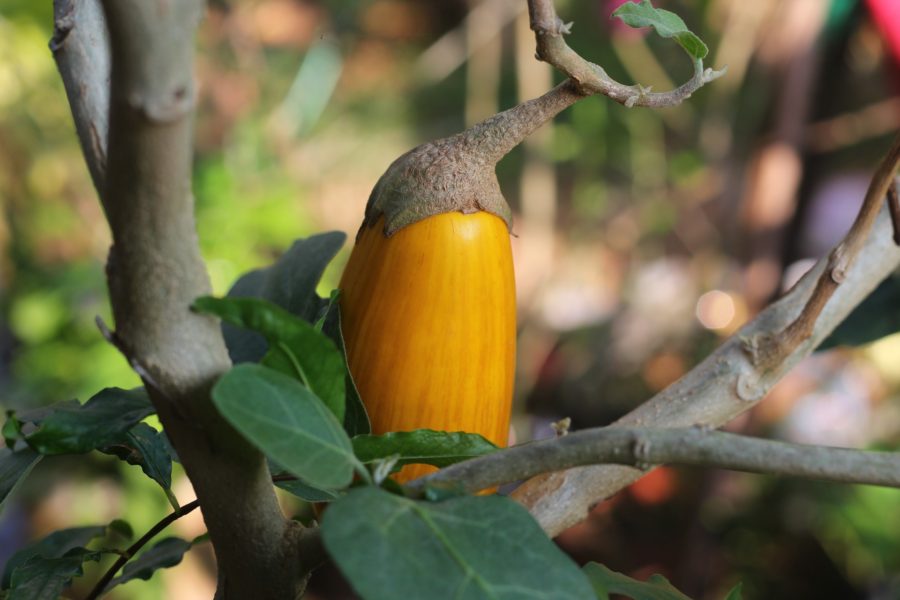
EVALUATION OF DIFFERENT MANAGEMENT APPROACHES AGAINST SUCKING PESTS OF BRINJAL
The present study aimed to evaluate the effectiveness of several management approaches against sucking pests of brinjal during 2013-14 at Bangladesh Agricultural Research Institute (BARI), Gazipur. Bioneem plus 1EC (Azadirachtin) + white & yellow sticky traps treated plots showed significantly lowest whitefly (4.03/five leaves) and thrips (6.02/ five leaves) population although this was statistically at par with Fytomax 3EC (Azadirachtin) + white & yellow sticky traps and white & yellow sticky traps + Fytoclean (Potassium salt of fatty acid) treated plots. Actara 25WG (Thiamethoxam) + white & yellow sticky traps treated plots although provided lowest population of aphid (2.04/five leaves) and jassid (4.21/five leaves), but induced spider mite resurgence providing highest (38.02/leaf) and nearly 4 times higher mite population than the untreated control plots. However, spraying Bioneem plus 1EC along with installation of white and yellow sticky traps appeared as the best approach providing highest yield (18.32 t/ha) and Marginal Benefit-Cost Ratio (3.06).

ANT-LIKE SPIDERS OF BANGLADESH-II : GENUSMYRMARACHNE MACLEAY (ARANEAE : SALTICIDAE)
A study on some ant-like spiders of the genus Myrmarachne MacLeay was carried out in different areas of Bangladesh. Two species were recorded during the study of which M. nigriabdominalis n. sp. is identified as new to science and another one M. orientalis Tikader is a new record for the area of present study. The paper contains illustrated description, distribution together with key to the species.
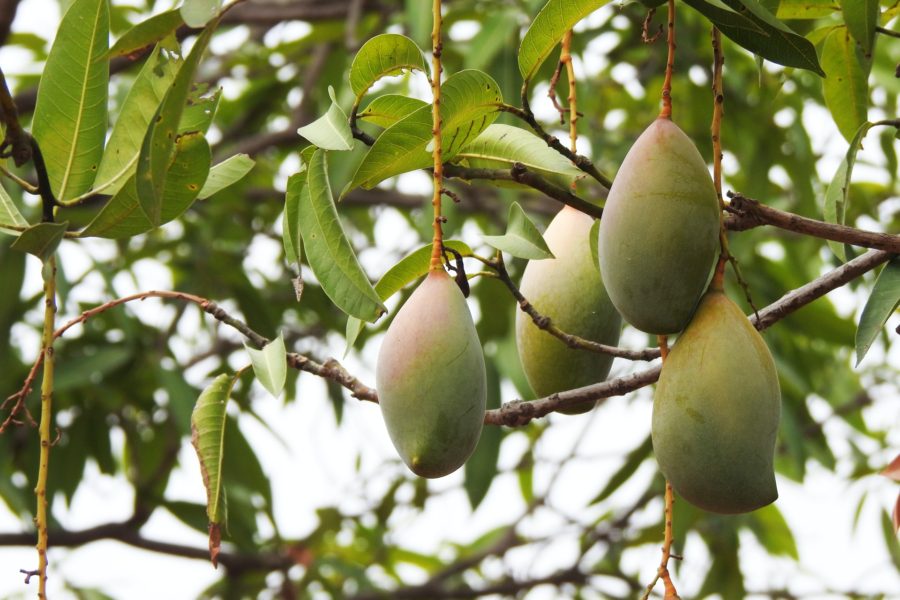
SEASONAL ABUNDANCE OF THE FRUIT FLY IN A MANGO BASED AGROFORESTRY
The study was conducted with a view to understanding the seasonal abundance of fruit fly in a mango based agroforestry of Bangabandhu Sheikh Mujibur Rahman Agricultural University, Gazipur, Bangladesh during February to September 2017. Two species of fruit fly namely Bactrocera dorsalis and B. tryoni were found in the mango based agroforestry. Abundance of the fruit fly species were significantly higher in February to May (dry season) compared to June to September (rainy season). The daily mean temperature, relative humidity and rainfall had significant negative and light intensity had significant positive correlation with fruit fly abundance. Individually temperature, light intensity, relative humidity and rainfall contributed 29, 42.4, 2.8 and 12.5% abundance, respectively. The combined effect of the weather parameters on fruit fly abundance was 86.7% and the equations were significant.
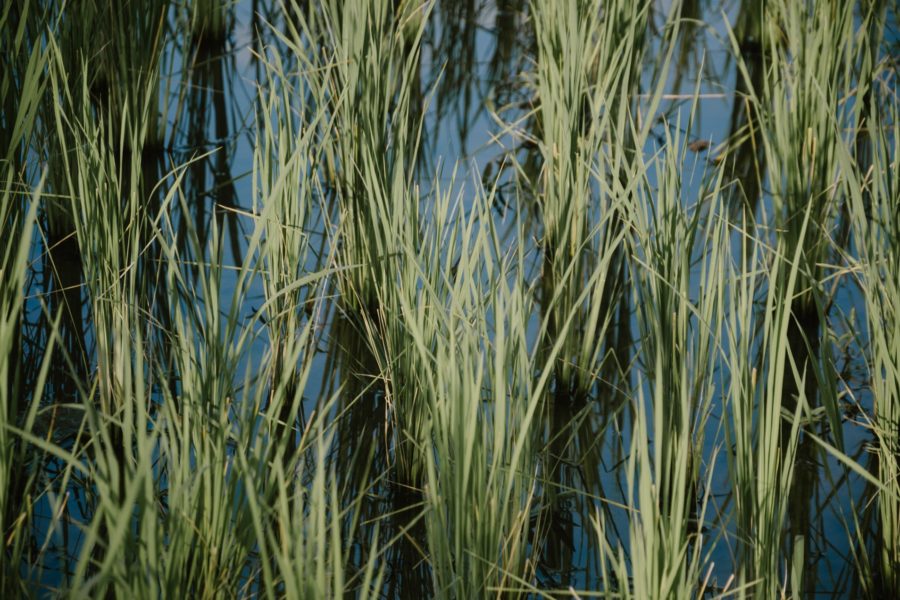
NEW RECORDS OF DELPHACID PLANTHOPPERS (HEMIPTERA: DELPHACIDAE) KNOWN FROM BANGLADESH IN COASTAL RICE ECOSYSTEM
The planthoppers (Hemiptera: Auchenorrhyncha) associated with rice ecosystem in different areas of Dumki Upazilla in Patuakhali were studied during October 2013 to April 2014 to identify the species. Results revealed that 4 planthopper species, Nisia nervosa (Motschulsky, 1863), Nilaparvata lugens (Stål, 1854), Sogatella furcifera (Horváth, 1899), Sardia rostrata (Wilson & Claridge, 1991) were recognized from the above area. Among them two planthoppers (N. nervosa and S. rostrata) were newly recorded from Bangladesh. All species of planthoppers were redescribed with male genitalia and proper illustrations.

HOST PREFERENCE, FECUNDITY AND LONGEVITY OF WHITEFLY BEMISIA TABACI ON BRINJAL AND TOMATO
Studies were conducted to compare host preference, fecundity and longevity of Bemisia tabaci on brinjal and tomato. Results revealed that the highest number of eggs (76.41), nymph (14.5) and adult (9) of whitefly were on brinjal than tomatoes and found it suitable for feeding and oviposition. Significantly more B. tabaci adult females (81.32) were found feeding on brinjal than tomato (27.50). The longevity of developmental stages of B. tabaci was slightly higher on brinjal than tomato while the longevity of 2nd and 3rd instar nymphs was higher on tomato than brinjal. Females laid an average of 142.60 ± 3.01 eggs over their lifetime on brinjal and 98.41 ± 1.96 eggs on tomato.

STUDY ON ORB-WEAVING SPIDERS OF BANGLADESH-III: GENUS
This is the third step of studies carried out on the orb-weaving spider genus Argiope Audouin from Bangladesh. Two species were recorded in this study of which one species A. reticulata n. sp. is reported as new to science and another one A. shillongensis Sinha is a new record for the area of present study. Generic diagnosis, illustrated description and distribution of the species are presented herewith.
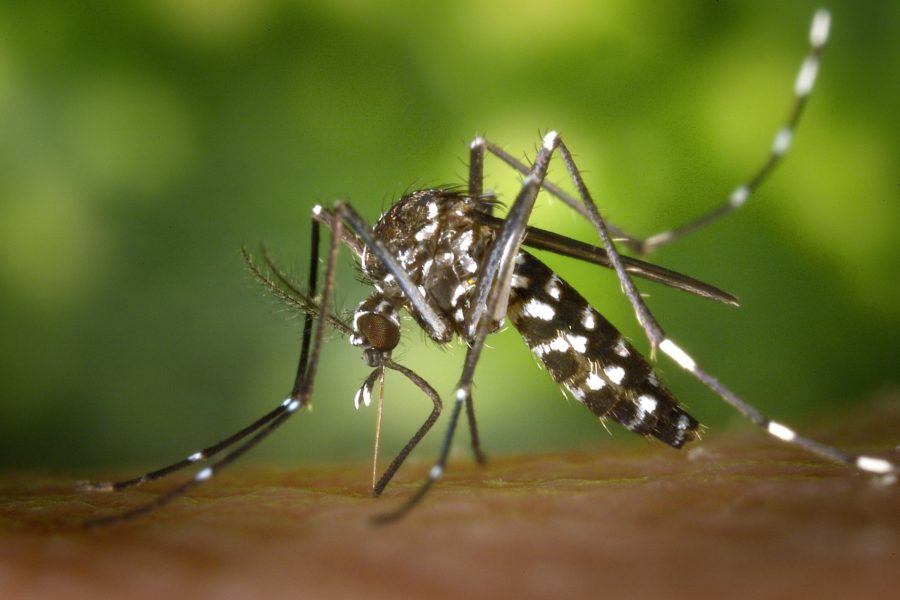
LABORATORY STUDY ON THE BIOLOGY OF AEDES MOSQUITO, AEDES AEGYPTI LINNAEUS
The biology of aedes mosquito was studied in the central laboratory of Sher-e-Bangla Agricultural University, Sher-e-Bangla Nagar, Dhaka from April to October 2015. Eggs were collected from Sher-e-Bangla Agricultural University campus which were emerged as aedes mosquitos both Aedes aegypti and Aedes albopictus. The gravid female laid eggs in a cluster. Each cluster having 105-129 eggs with mean of 117.71 ± 9.12. Each female laid 3-4 clusters. Initially the colour of the egg was white and gradually turned into black. The incubation period of eggs was ranged from 48h to 72h with mean of 60 ± 0.53. The development from the first instar larva to adult stage for aedes mosquitos was 8.37 ± 0.18 days for male and 9.5 ± 0.24 days for female, respectively. Female aedes mosquito fed on blood showed the highest mean survival which was 26.23 ± 2.17 days while the male aedes mosquito fed on 10% sucrose recorded 19.23 ± 2.21 days survival which was the shortest mean period. Depending on the gonotrophic cycle for aedes mosquito their number of eggs laid and longevity varied.

A NEWLY RECORDED SPIDER OF THE GENUS CROSSOPRIZA SIMON FROM BANGLADESH (ARANEAE : PHOLCIDAE)
A newly recorded spider of the genus Crossopriza Simon namely – C. lyoni (Blackwall) is described. The species is cosmopolitan and recorded for the first time from Khulna, Bangladesh. Generic diagnosis, description together with the distribution of the species are provided herewith.

FIRST RECORD OF THE TARO HORN WORM, THERETRA OLDENLANDIAE ON PANIKACHU (COLOCASIA ESCULENTA) IN BANGLADESH
Panikachu (Colocasia esculenta) is one of the most important tuber crops commercially grown in all parts of the country. The crop has good potential for production in the wet season and can survive a certain period in flood water. It is a good source of carbohydrate and other nutrients, supplementing a diet that tends to be deficient during this particular period. The whole plant of panikachu including leaves, petioles, stolon and rhizomes are edible (Saha and Hussain 1983). Among the insect pests infesting Panikachu, leaf hopper, Amrasca biguttula biguttula Ishida; aphid, Aphis gossypii Glover; leaf roller, Tetranychus spp. and common cutworm, Spodoptera litura are reported earlier.
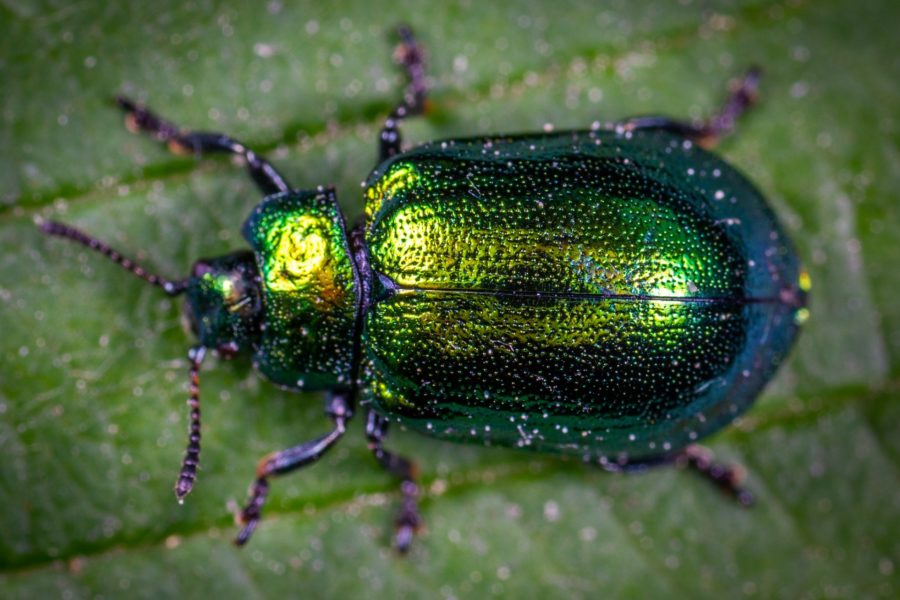
REPELLENCY EFFECT OF ADENANTHERA PAVONINA (L.) EXTRACTS AGAINST PULSE BEETLE, CALLOSOBRUCHUS CHINENSIS L. (BRUCHIDAE)
The leaves, seed and stem bark of Adenanthera pavonina (L.) were extracted in different organic solvents namely Petroleum ether, acetone, chloroform and methanol to investigate the repellent activities of Callosobruchus chinensis L. (Bruchidae). The extracts from the above solvents showed repellent activities against adult C. chinensis at 471.50, 235.75, 117.88, 58.94, and 29.47 μg/cm2 on filter paper. All the test extracts offered repellency at 0.01% level of significance except the stem (acetone) extract which was found 0.1% level of significance (P<0.01). According to the intensity of repellency the result could be arranged in a descending order: leaf (petroleum ether extract) >leaf (chloroform extract) >seed (methanol extract > stem wood (acetone) extract and in all the cases significant differences were noticed.
